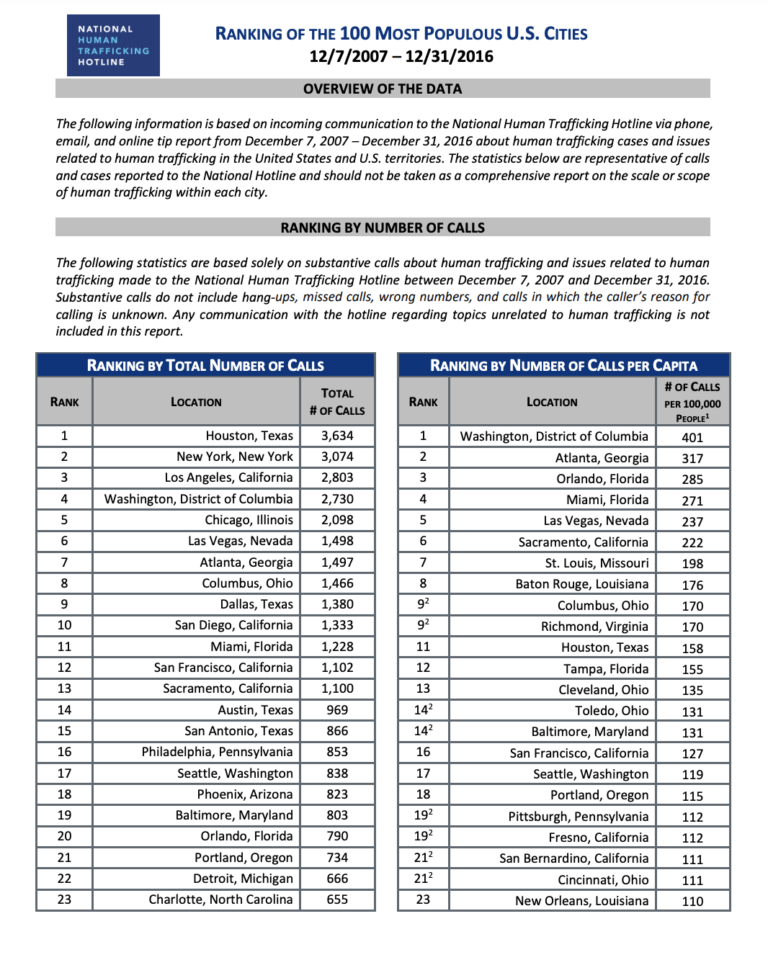COVID-19: Access Challenges and the Implications of Border Restrictions
COVID-19 resourcesPublicationsThe COVID-19 pandemic has required States to implement exceptional measures to curb the spread of the virus and to protect public health. While border restrictions or closure may be justified, exceptions are needed to safeguard basic rights, includi...Read More

